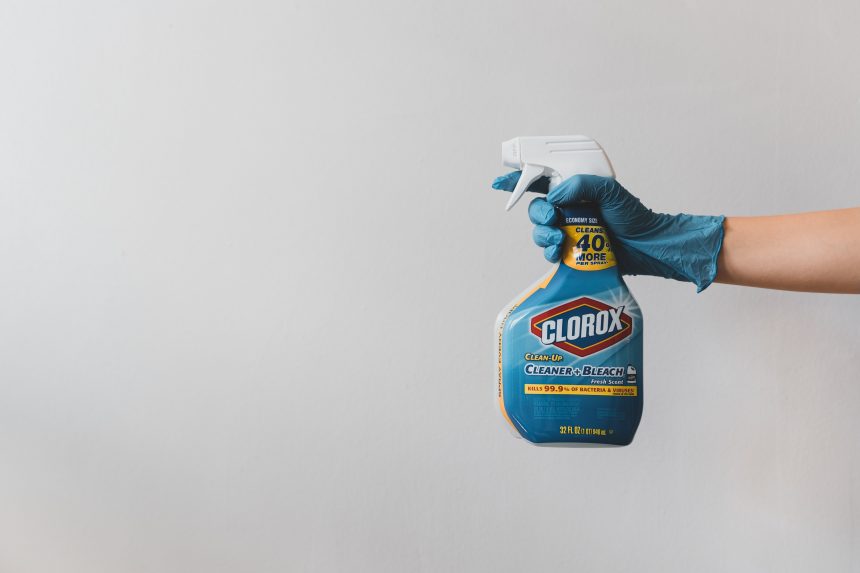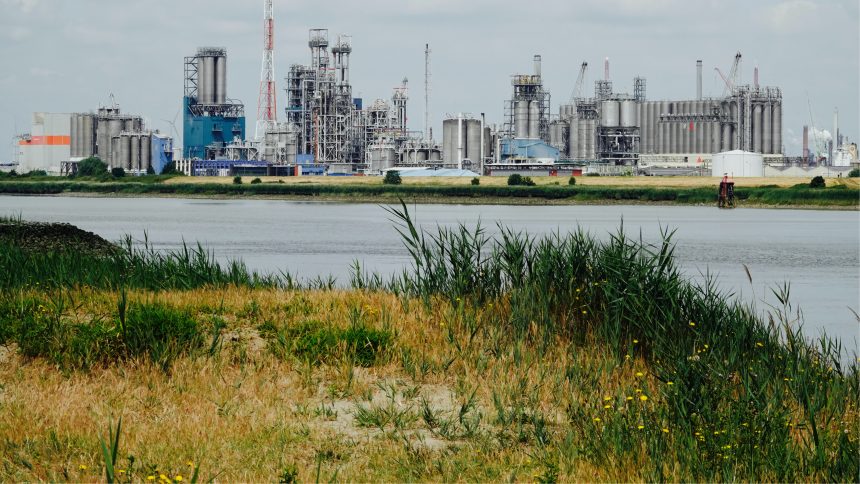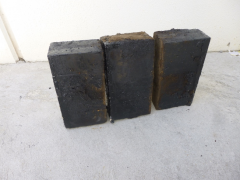What are Volatile Organic Compounds (VOCs)?
Volatile Organic Compounds (VOCs) are carbon-based chemical compounds with high vapour pressure and low water solubility. VOCs easily evaporate into the air at room temperature, meaning humans are often unwittingly inhaling low levels of VOCs.
Many common household materials including as cleaning products such as Windex, varnishes and paints give off volatile organic compounds such as acetone, benzene, formaldehyde and toluene.
Different volatile organic compounds have varying levels of toxicity, ranging from highly toxic for human consumption to no known health impact.
VOCs particularly affect indoor air quality, and studies have shown that the ambient concentration of volatile organic compounds indoors is up to ten times higher than outdoors.
Why is testing for Volatile Organic Compounds so important?
Studies have shown that even breathing low levels of VOCs for prolonged periods may increase some people’s risk of health problems.
People with common health issues such as asthma or chemical sensitivity and particularly.
It’s critical that products which are present in both the home and workplace, have had a VOC analysis conducted to ensure their safety.
How do we test for Volatile Organic Compounds?
In alignment with globally recognised standards, at Leeder Analytical, we utilise the US Environmental Protection Agency US EPA TO-17 method for the “determination of VOCs in ambient air, using active sampling onto sorbent tubes”, this method is validated for the widest range of compounds down to nanogram levels (<0.1 ppbv in the air).
Using solid sorbent air tubes is recognised as having a number of advantages over canister and other air sampling methods.
The VOCs collected from the air sampling are transferred directly to the GC-MS (Gas Chromatograph Mass Spectrometer), reducing interference, increasing sensitivity and providing far greater sample stability compared to other sampling methods.
The GC-MS then allows our laboratory technicians to identify the specific VOCs present and their concentration levels.
This method has been used to measure benzene in the Arctic Circle down to 15 parts per trillion, which equates to about 60 picograms being detected on the thermal desorption sampling tube.
When is a Volatile Organic Compound analysis recommended?
VOC analysis is utilised in a wide variety of settings including industrial hygiene and safety, product development plus Australian air toxin classifications.
VOC testing with the US EPA TO-17 method is suitable for a wide range of applications including:
- Environmental ambient air
- Indoor air
- Soil gas or flux emissions
- Odour investigations
- Occupational or industrial hygiene analysis
- Source, emissions or stack testing
- Fumigants
- New product development
If you’re looking for volatile organic compound testing, or any other type of environmental testing services, please do not hesitate to contact the lab on 03 9481 4167






